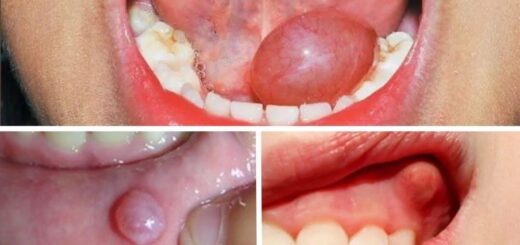The Mystery of the Orange Towel Stains
It started one morning when I grabbed my grey towel — and noticed a strange, bright orange blotch staring back at me.
I tried washing it. Nothing.
A few days later, the same glowing stains appeared on another towel… then my pillowcase… and even a shirt.
Was my house haunted by rust?
At first, I blamed my water. Maybe the pipes were rusty or I’d spilled something weird. But the stains didn’t wash out — and they kept spreading.
Then I learned the truth.
The silent culprit hiding in my bathroom cabinet was benzoyl peroxide, the active ingredient in most acne creams. It doesn’t “stain” fabric — it bleaches it. That’s why dark towels and pillowcases turn that unmistakable orange or yellow where treated skin or hands touch them.
Even my favourite t-shirt had that telltale glow under the bathroom light.
Other unexpected offenders can do the same:
• Iron-rich or “hard” water
• Self-tanning lotions
• Certain hair products
• Cleaning sprays with hidden bleach
All can react with dyes in fabric, leaving subtle spots that intensify after washing or drying.
Once I knew, it all made sense.
Those mysterious marks weren’t “rust” — they were chemical burnouts.
The fix? Simple prevention.
Use white towels if you apply acne or bleaching products. Let creams dry fully before touching fabric. And if your tap water is heavy in iron, consider a small filter attachment.
Discoloured fabrics can sometimes be re-dyed or bleached completely — but most of the time, it’s easier to repurpose them as cleaning rags.
Now, every orange patch I see tells a story — not of a ruined towel, but of a small science lesson in disguise.
It’s oddly satisfying to finally solve a mystery that confused millions of people online.
So next time you spot that strange orange glow…
you’ll know it’s not rust — it’s chemistry at work in your bathroom.


